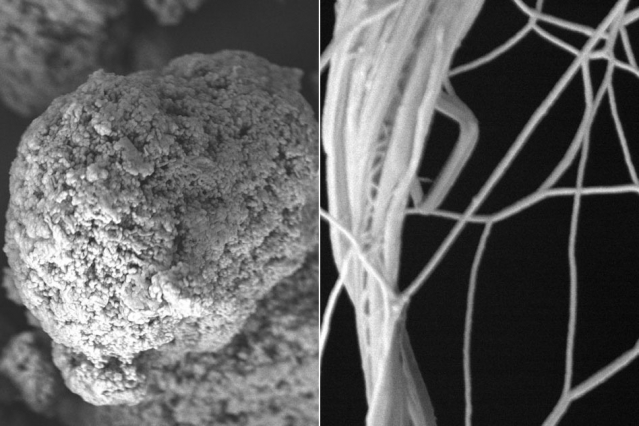Due to their unique properties, polymers – typically thermal insulators (think of a silicone oven mitt or a Styrofoam coffee cup, both manufactured from polymer materials that are excellent at trapping heat) – can open up opportunities for advanced thermal management when they are transformed into thermal conductors. Recent studies have shown polymers can achieve high thermal conductivity.
Engineers at Massachusetts Institute of Technology (MIT) have fabricated then polymer films that conduct heat, flipping the picture of the standard polymer insulator.
In experiments, the researchers found the films, which are thinner than plastic wrap, conduct heat better than many metals, including steel and ceramic.
The results of the study may spur the development of polymer insulators as the lightweight, flexible and corrosion-resistant alternatives to traditional metal heat conductor, for applications ranging from heat dissipating materials in laptops and mobile phones, as well as cooling elements in cars and fridges.
Gang Chen, The Professor of Power Engineering at MIT, said: “Our bigger vision is, these properties of polymers can create new applications and perhaps new industries, and may replace metals as heat exchangers.”
In 2010, the team reported success in fabricating thin fibers of polyethylene that were 300 times more thermally conductive than normal polyethylene, making them as conductive as most metals. Their results, reported in a paper in Nature Nanotechnology, drew the attention of various industries, including manufacturers of heat exchangers, computer core processors and even race cars.
It soon became clear that, in order for polymer conductors to work for any of these applications, the materials would have to be scaled up from ultrathin fibers (a single fiber measured one-hundredth of the diameter of a human hair) to more manageable films.
The researchers not only had to come up with a way to fabricate heat-conducting sheets of polymer, but they also had to custom-build an apparatus to test the material’s heat conduction, as well as develop computer codes to analyze images of the material’s microscopic structures.
In the end, the team was able to fabricate thin films of conducting polymer.
Going forward, the researchers are looking for ways to make even better polymer heat conductors, by both adjusting the fabrication process and experimenting with different types of polymers.






